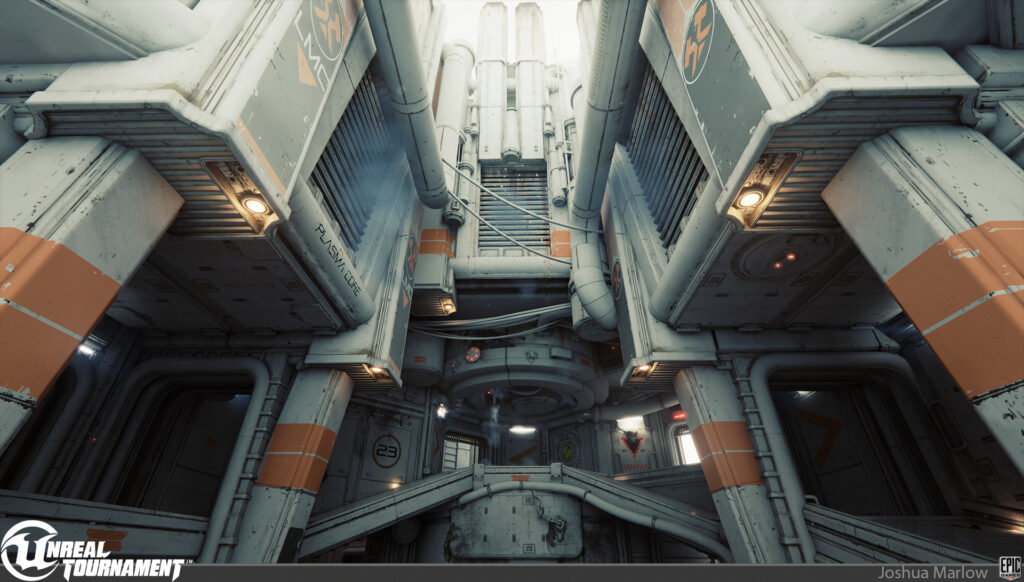The Intersection of Tradition and Innovation
In an era defined by rapid technological advancement, the preservation of ancient crafts has found an unexpected ally: artificial intelligence. While many fear that automation and digital tools will erode traditional skills, a growing movement highlights how AI is being harnessed to safeguard, enhance, and even revitalize time-honored art forms. From intricate weaving to delicate pottery, technology is not replacing artisans but empowering them to innovate within their cultural heritage.
Digital Weaving Patterns: Reviving Textile Legacies
Textile arts, such as handloom weaving, have been passed down through generations in cultures like India, Japan, and Peru. However, the decline of traditional weaving techniques due to industrialization and globalization has threatened these practices. AI is now playing a pivotal role in their revival.
How AI Transforms Weaving
- Pattern Analysis: Machine learning algorithms can study centuries-old weaving designs, identifying motifs and color schemes that might otherwise be lost to time.
- Design Generation: AI tools like generative adversarial networks (GANs) create new patterns inspired by historical styles, offering artisans fresh ideas while respecting traditional aesthetics.
- Automation Assistance: Digital looms guided by AI replicate complex patterns with precision, reducing the physical strain on weavers while maintaining the integrity of their craft.
For example, a textile workshop in Kyoto has partnered with AI developers to digitize ancient kimono patterns. These digital archives not only preserve the designs but also allow weavers to experiment with variations, ensuring the craft evolves without losing its roots.
3D-Printed Pottery: Bridging Ancient Techniques with Modern Tools
Pottery, one of humanity’s oldest crafts, is undergoing a renaissance through 3D printing. While the tactile process of shaping clay remains central to the art, AI-driven 3D printers are enabling artisans to explore new dimensions of creativity and precision.
Applications in Pottery
- Complex Shapes: AI algorithms can generate intricate forms that would be challenging to achieve by hand, such as multi-layered vessels or geometrically precise designs.
- Material Optimization: AI analyzes clay compositions and firing temperatures to predict the best results, minimizing waste and improving the durability of finished pieces.
- Customization: Artisans use AI to create personalized pottery, blending traditional methods with modern customization trends to appeal to contemporary audiences.
A notable case is a ceramic studio in Mexico that uses 3D printing to recreate pre-Columbian pottery styles. By scanning ancient artifacts, the team inputs data into AI models that replicate the textures and forms, which are then hand-finished to retain the artisan’s touch. This hybrid approach ensures that historical techniques are preserved while making the craft more accessible to new generations.
AI in Wood Carving and Sculpture
Wood carving and sculpture, deeply rooted in cultures from West Africa to Southeast Asia, are also benefiting from AI integration. These technologies are not only aiding in the restoration of historical pieces but also expanding the possibilities for modern artisans.
Restoration and Education
- Historical Restoration: AI-powered imaging tools can reconstruct damaged carvings by analyzing fragments and comparing them to similar works in digital archives.
- Training Simulations: Virtual reality (VR) platforms, guided by AI, allow apprentices to practice carving techniques on digital replicas of ancient sculptures before working with real materials.
- Design Inspiration: Generative AI models suggest new motifs based on traditional styles, helping sculptors blend heritage with modern innovation.
In Indonesia, a group of Balinese woodcarvers uses AI to study the proportions and details of ancient temple reliefs. This data informs their work, ensuring that each new piece adheres to traditional principles while allowing for creative experimentation. Similarly, in Italy, sculptors are using AI to analyze Renaissance statues, uncovering hidden details that guide their restoration efforts.
The Role of AI in Cultural Documentation
Beyond direct application in crafting, AI is instrumental in documenting and disseminating knowledge about ancient techniques. This documentation ensures that even if a craft faces decline, its essence remains accessible for future generations.



